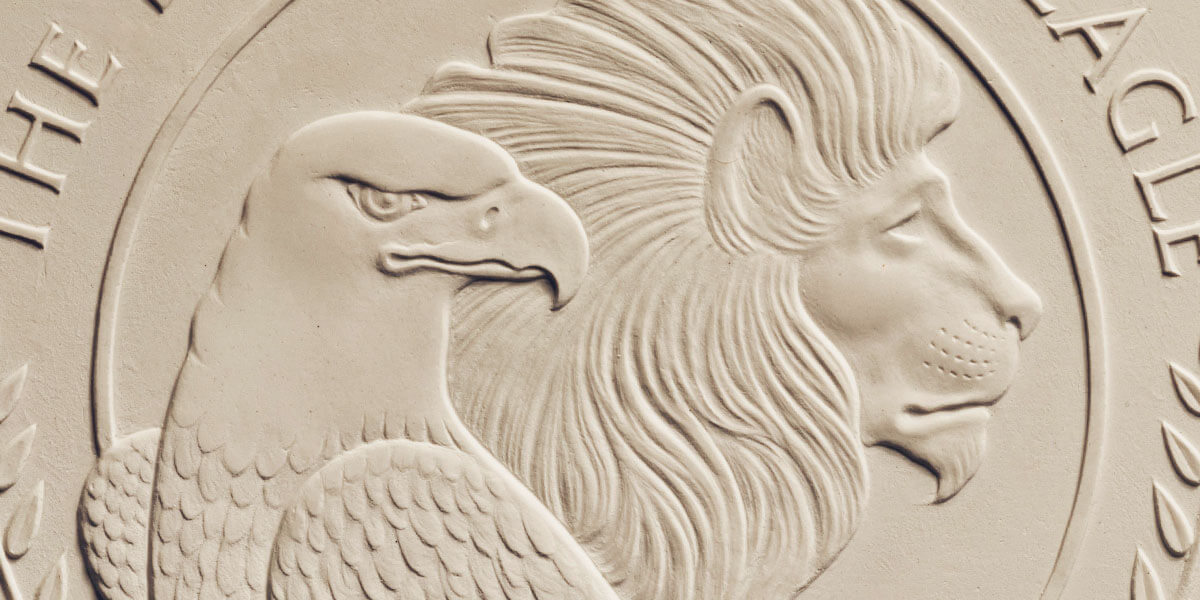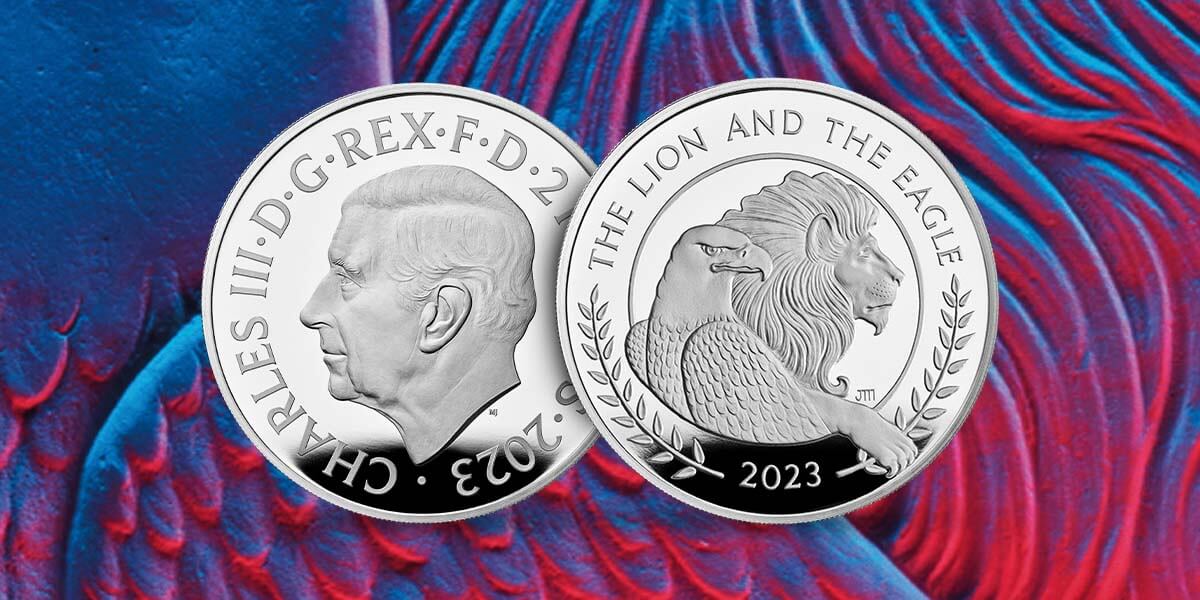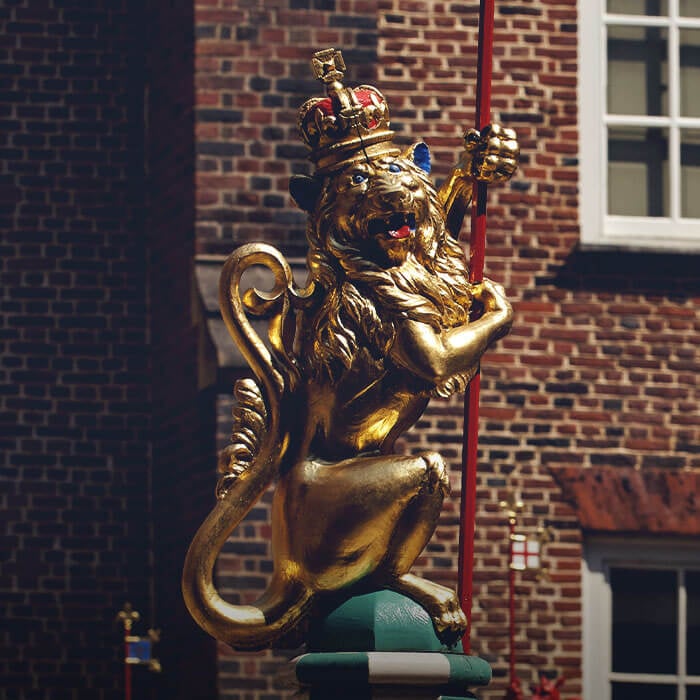One of the most prolific coin designers in the history of the US Mint, John M. Mercanti started as an apprentice sculptor-engraver at the organisation in 1974 and then served as Chief Engraver from 2006 to 2010. Since his retirement, the position has remained unfilled.
In a career spanning 37 years, John M. Mercanti has designed and engraved more coin designs than any other engraver in US Mint history, and is arguably the most accomplished of the great engravers to have worked there, with only George T. Morgan, William Barber and Frank Gasparro boasting longer careers. Working through a period of revolutionary change and technological advancement, John M. Mercanti also pioneered designing coins using advanced digital computers and artistic editing software at the US Mint.

He has designed and sculpted some truly remarkable pieces, including the reverse of the hugely popular American Eagle silver bullion coin, as well as significant commemorative coins and medals. Additionally, he also worked on the 50 State Quarters Program. Produced between 1999 and 2009, a unique reverse design that appeared on a quarter represented each US state. His work on the program included the 2001 North Carolina Quarter paying tribute to aviation pioneers Wilbur and Orville Wright, and the 2006 South Dakota Quarter depicting the famous monument Mount Rushmore.

Known for his attention to detail, historical accuracy and artistic excellence, John M. Mercanti’s work is highly sought after by collectors and investors alike. For this particular coin, he has combined more than 50 years of numismatic experience with his unique creative talent to create a symbolic reverse design that commemorates the enduring relationship between the United Kingdom and the United States of America.

He has achieved this by bringing together two iconic national symbols, the British lion and the American eagle. In heraldry, a lion represents strength, courage and nobility. Conveying these qualities, lions featured on the Coats of Arms of many powerful families in medieval Europe, including on the shields and standards of British kings and queens. Similarly, the bald eagle has been a national symbol of the United States since the eighteenth century. An icon of freedom of strength, its qualities match those of the country it represents – independence, determination and a strong will to survive.

